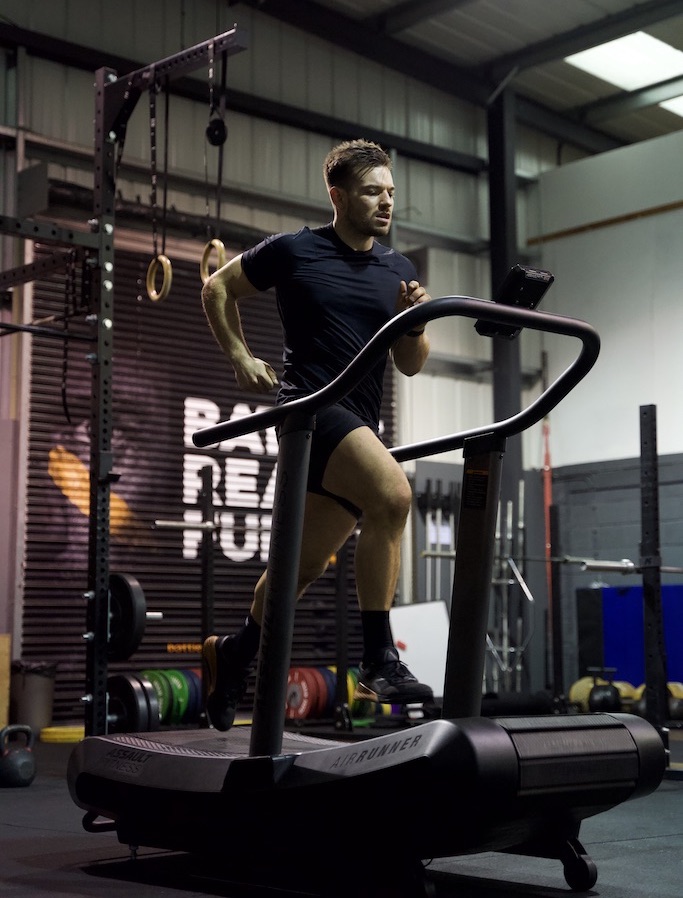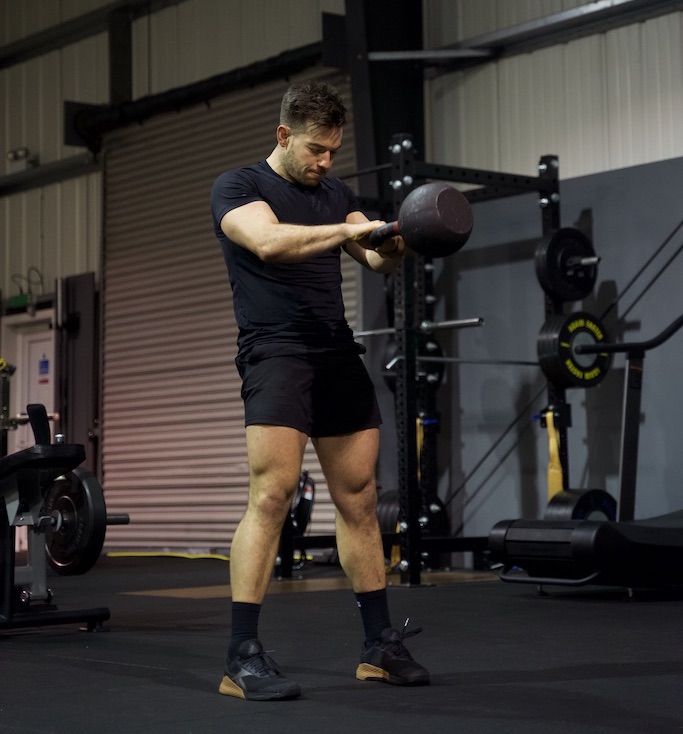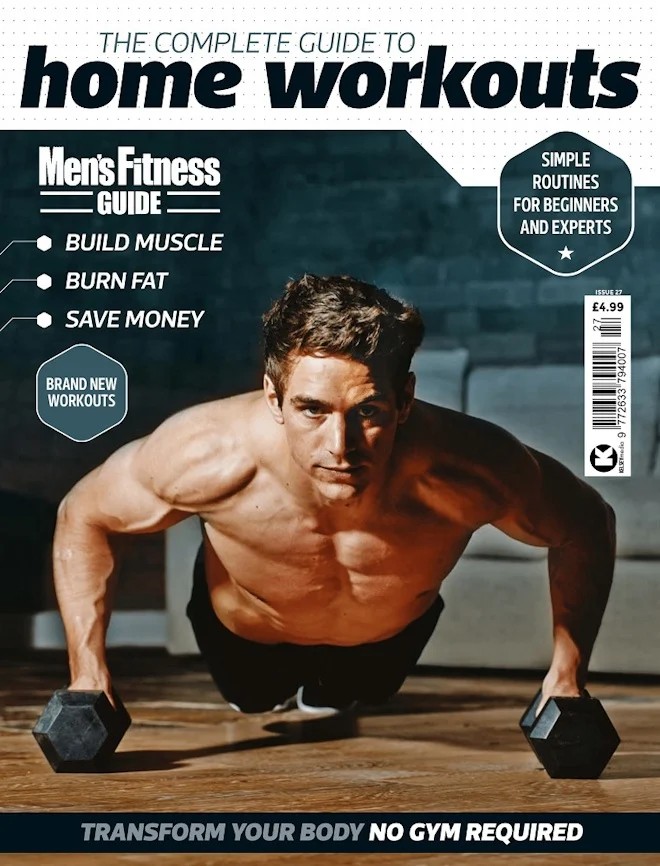Learning how to improve your aerobic or cardiovascular fitness is potentially the lowest hanging fruit when it comes to achieving your health and fitness goals.
A strong cardiovascular system will allow for greater levels of training intensity, aid recovery and offer substantial benefits across your health, strength, performance and aesthetics.
But cardio is not black or white. You don’t have to be in a gym or have access to a certain machine to do ‘cardio’. That is the real beauty of it.
A cardiovascular stimulus is one that requires the body to create and expend energy for a given period of time. That can be done through lifting weights, bodyweight movements, going cycling or out for a run – to give just a few examples.
Developing your cardiovascular fitness really comes down to how often you expose your body and system to said stimulus. So if running doesn’t work for you, that’s fine. All you need to do is follow some core cardio principles…
1. Movement
To create a cardiovascular stimulus, use loaded or unloaded movements that surround the bodies primal patterns. These include lunges, carries, sled push/drag, crawling, press-ups, pull-ups and everything in-between.
2. Duration
Prolonged durations of exercise will generally require lower levels of intensity, which will have a highly beneficial effect on your aerobic system.
Zone 2 (heart rate) movement, or movement at a lower intensity, will create positive adaptation to your body’s aerobic system. Walking, cycling, sled work, crawling and other forms of lower impact cyclical movement all offer a great opportunity to hit your cardio base.
What about full-send cardio? Performing high-intensity intervals all the time may in fact cause more harm than good in terms of cortisol release and muscular fatigue.
While there is of course a time and a place for all-out zone 4-5 work, it shouldn’t be your sole focus when looking to build your base fitness.
3. Application
How many times per week should you be doing ‘cardio’? The answer is that there are no rules here.
Cardio does NOT ‘kill your gains’, therefore a great introduction could be two to three sessions per week around your current strength training.
Remember, the body cannot recognise the difference between a cross-trainer or a sled. It will, however, react to the stimulus provided, the demands required to perform what you ask of it, and the intensity at which you execute the workout.
Regular exposure to cardio will create lasting change and will certainly increase your fitness, in turn increasing your ability to perform and recover.
TRY THESE CARDIO WORKOUTS
Longer, continuous efforts
15-min AMRAP
1a. 20m x Sled push
1b. 20m x Sled drag
1c. 20m x Suitcase carry R+L (target 25-35% bodyweight)
30-min cardio
- Run, bike, row, SkiErg, swim – the choice is yours.
- Whatever your preference, lock the effort in to 65-75% max heart rate.
Intervals
3 mins work/2 mins rest
1a. 6 x Front rack reverse lunge R+L
1b. 12 x Kettlebell swing
1c. 6 x Burpee
- Perform as many rounds as you can with the three-minute work window, then rest for two minutes.
- Complete 3-5 rounds (15-25 minutes total).
500m row
- Perform at 85-95% of max heart rate.
- Complete 8-12 rounds with two minutes rest in-between.
The Movement Blueprint’s TRAIN and PERFORM programmes can help you effectively incorporate cardio training to build strength and fitness simultaneously. Visit themovementblueprint.co to find out more.











